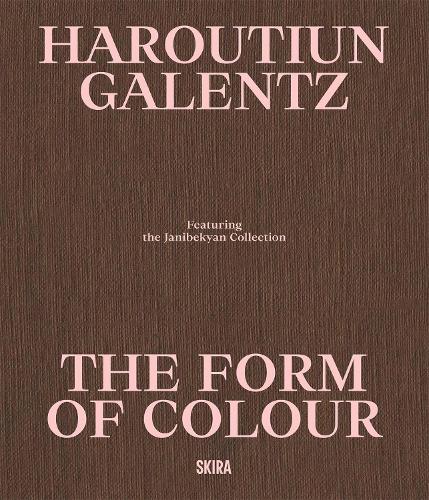
Haroutiun Galentz: The Form of Color: Highlights from the Janibekyan Collection
(Hardback)
Publishing Details
Haroutiun Galentz: The Form of Color: Highlights from the Janibekyan Collection
By (Author) Silvia Burini
Text by Vartan Karapetian
Text by Marie Tomb
Skira
Skira
21st October 2025
Italy
Classifications
General
Non Fiction
Physical Properties
Hardback
224
Width 240mm, Height 280mm
Description
The life and work of the talented Armenian artist known for his unique brightly coloured style
The life and work of Haroutiun Galentz (1910-1967), the talented Armenian artist, are a testament to resilience and the enduring power of creativity. Born in 1910, Galentz began his career in Lebanon during the French Mandate, a period that spanned four decades before his untimely death in 1967. His journey took him from a displaced and traumatized youth, shaped by the horrors of the Armenian Genocide, to a recognized and influential figure in the Soviet Union, where Galentz moved after World War II, seeking a reconnection with his homeland.
Galentz's early artistic influences were drawn from the French painters who had settled in the Levant, most notably George Michelet and George Cyr. From these figures, Galentz developed a unique and vivid style, characterized by bright colors and emotional depth, which eventually garnered the admiration of leading artists and intellectuals. His work flourished during the cultural "Thaw" in the Soviet Unionan era of relative relaxation in the strict censorship that followed the death of Joseph Stalin. Intellectuals and patrons such as the poets Ilya Erenburg and Alexander Gitovich championed Galentz's art, helping him overcome the obscurity he faced during his early years in the Soviet Union and elevating him to prominence.
Author Bio
Silvia Burini, art historian and curator, is professor of History of Russian Art and History of Contemporary Art at Ca' Foscari University of Venice.
Vartan Karapetian is a researcher, writer and art historian.
Marie Tomb is a historian, researcher, and curator of modern and contemporary art from the Levant. Armen Yesayants is an art historian, lecturer and curator.
